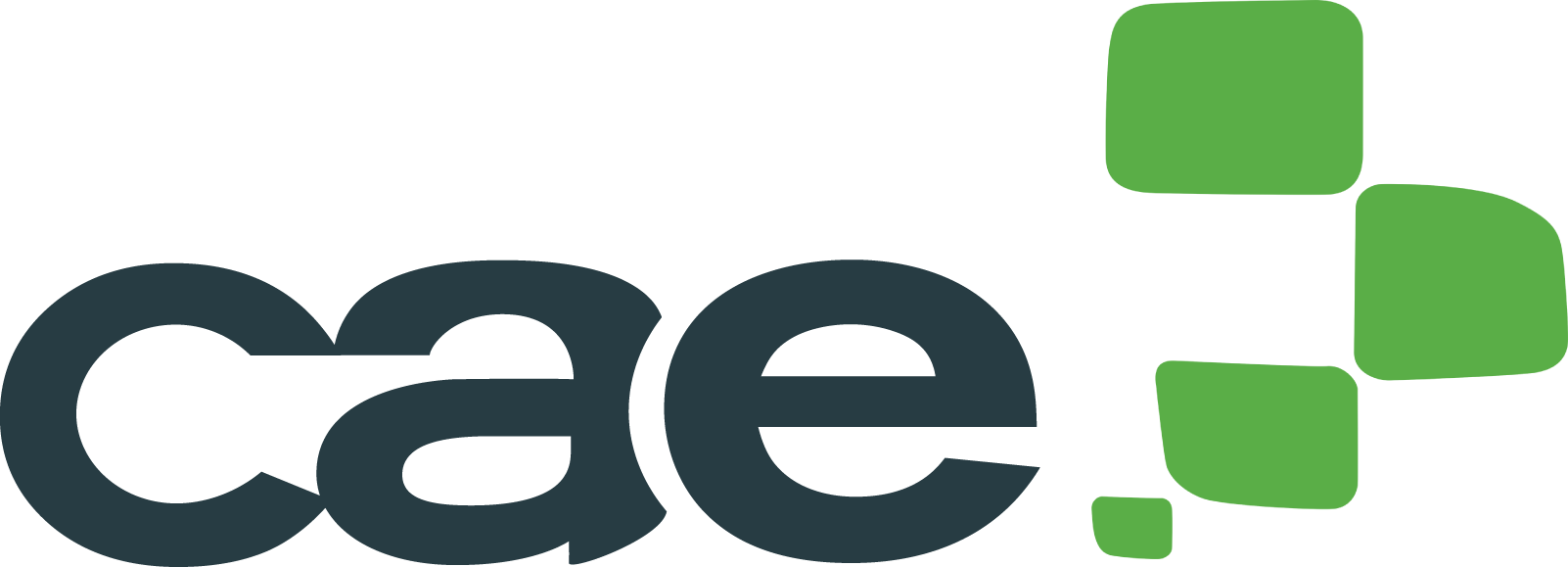There are a lot of different strategies for learning. The education sector has benefited from a great many pioneers and the way our students are taught today is very different to how they were taught fifty or even twenty five years ago.
Much of this innovation has been related to the growth of technology. Computers have become extremely valuable teaching tools and have opened up a whole new world of online learning.
Some of the most effective educational establishments are using dynamic digital tools such as elearning software alongside more traditional classroom practices to create blended learning models.
What is blended learning?
Blended learning is defined as a formal education programme that’s made up of in-person classroom time as well as individual study online using elearning software. It is a type of multichannel method that incorporates tutor-led activities, images, video, digital tasks and face-to-face discussion.
Courses that follow the blended learning model often take place in a real ‘brick and mortar’ classroom with a dedicated tutor, but offer additional learning opportunities by way of a digital platform. Digital learning elements are often open to self-pacing by each individual student and can usually be logged in to at any time and in any place.
Why is it so effective?

More and more education establishments are coming to rely on the blended learning model. Their reasoning is simple: a multichannel teaching method offers the best of classroom and online learning all in one place.
Each student has a range of different strengths and requirements and a blended learning approach allows tutors to acknowledge this. When they are given the ability to use tools from both traditional and digital spheres, tutors are able to present necessary information in a range of different ways designed to suit the varying learning styles of their students.
Where is blended learning being offered?
The multichannel learning method is becoming more and more common. It’s being used in a very wide range of learning environments, including primary schools, universities, language schools, professional development centres and online course providers.
Whether a student is learning about mathematics, languages, strategic development or child psychology, they’re likely to discover their tutor using blended learning elements during the course.
How do online course providers offer blended learning?
It’s just as important for online course providers as brick and mortar educational establishments to offer the best learning experience possible. Therefore many are now offering blended learning opportunities. This often comes in the form of putting tutors, students and peers in touch with each other using video conferencing software.
This is something Dexway take very seriously. Take a look at the Dexway Method to find out how they incorporate multichannel learning methods to their online courses.
You may also like:
- What Is SCORM Content And How Will It Give Your Company An Advantage?
- How effective is interactive multimedia content in e-learning?
- 4 keys to choose an e-learning course or a license
